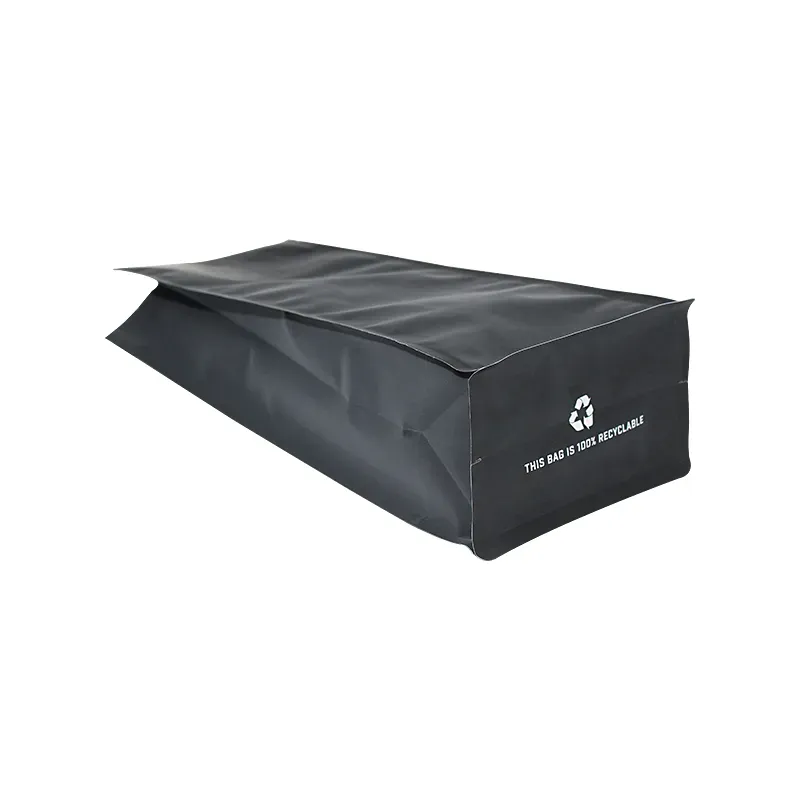- Afrikaans
- Albanian
- Amharic
- Arabic
- Armenian
- Azerbaijani
- Basque
- Belarusian
- Bengali
- Bosnian
- Bulgarian
- Catalan
- Cebuano
- chinese_simplified
- chinese_traditional
- Corsican
- Croatian
- Czech
- Danish
- Dutch
- English
- Esperanto
- Estonian
- Finnish
- French
- Frisian
- Galician
- Georgian
- German
- Greek
- Gujarati
- haitian_creole
- hausa
- hawaiian
- Hebrew
- Hindi
- Miao
- Hungarian
- Icelandic
- igbo
- Indonesian
- irish
- Italian
- Japanese
- Javanese
- Kannada
- kazakh
- Khmer
- Rwandese
- Korean
- Kurdish
- Kyrgyz
- Lao
- Latin
- Latvian
- Lithuanian
- Luxembourgish
- Macedonian
- Malgashi
- Malay
- Malayalam
- Maltese
- Maori
- Marathi
- Mongolian
- Myanmar
- Nepali
- Norwegian
- Norwegian
- Occitan
- Pashto
- Persian
- Polish
- Portuguese
- Punjabi
- Romanian
- Russian
- Samoan
- scottish-gaelic
- Serbian
- Sesotho
- Shona
- Sindhi
- Sinhala
- Slovak
- Slovenian
- Somali
- Spanish
- Sundanese
- Swahili
- Swedish
- Tagalog
- Tajik
- Tamil
- Tatar
- Telugu
- Thai
- Turkish
- Turkmen
- Ukrainian
- Urdu
- Uighur
- Uzbek
- Vietnamese
- Welsh
- Bantu
- Yiddish
- Yoruba
- Zulu
foods not to use oxygen absorbers with
Foods Not to Use Oxygen Absorbers With
Oxygen absorbers are small packets that contain materials, typically iron powder, designed to remove oxygen from sealed packages. They're commonly used in food preservation to extend shelf life by preventing oxidation and the growth of aerobic microorganisms. However, while many foods benefit from the use of oxygen absorbers, certain items should not be packaged with them. Here, we’ll explore some of these foods and explain why using oxygen absorbers is not advisable.
1. Dry Foods with High Oil Content
Foods that have high oil content, such as nuts, seeds, nut butters, and some snack foods, should avoid oxygen absorbers. The presence of oxygen absorbers can lead to a reaction that causes rancidity more quickly than if left in a controlled environment. The oils in these products can oxidize, resulting in off-flavors and odors, significantly diminishing their quality. Instead, it's better to keep nut products in airtight containers without the use of oxygen absorbers.
2. Moist Foods
Oxygen absorbers are designed to reduce oxygen levels; however, they can inadvertently remove moisture from the air in a sealed package. Foods with higher moisture content, such as fresh fruits, vegetables, or items with moisture-sensitive textures, can dry out too quickly when paired with oxygen absorbers. This can lead to undesirable changes in texture and taste. For these items, methods like refrigeration or using moisture-proof packaging are more appropriate.
3. Certain Dairy Products
Cheeses and other dairy products should also be kept away from oxygen absorbers. For example, soft cheeses with high moisture content may become hard and lose their creamy texture when oxygen is removed from the packaging. Furthermore, vacuum-sealed packaging may be more suitable for cheese than oxygen-absorbing packets, as it preserves the right balance of moisture.
foods not to use oxygen absorbers with

4. Baked Goods
Baked goods such as cookies, cakes, and bread can become too hard or stale if stored with oxygen absorbers. The removal of oxygen can cause these items to lose their desirable moistness and texture. For storing baked goods, use airtight containers that keep air out without the need for oxygen management.
5. Spices and Seasonings
While many spices can benefit from oxygen absorbers to prolong freshness, certain spices with volatile oils and delicate flavors may be compromised through prolonged exposure to low-oxygen environments. Items such as paprika, saffron, and delicate herbs might lose their potency and aromatic qualities. For these kinds of products, it's often best to keep them in tightly sealed jars without using oxygen absorbers, retaining their flavor and aroma.
6. Pasta and Grains
While dried pasta and grains can often be vacuum sealed with oxygen absorbers, they should not be stored this way indefinitely. The low moisture levels make grain products relatively stable but can become compromised if too much oxygen is removed, leading to unforeseen changes in texture. Instead, they are better placed in sealed containers and can be stored without further drying.
Conclusion
In summary, while oxygen absorbers can significantly extend the shelf life of many food items by preventing oxidation, certain foods should be excluded from this preservation method. Dry foods with high oil content, moist items, certain dairy products, baked goods, sensitive spices, and some grains can all suffer negative effects from oxygen absorption. When considering food storage methods, it’s essential to evaluate the unique properties of each food item to preserve flavor, texture, and quality effectively. Understanding the appropriate storage conditions for different foods will lead to better preservation and a lower risk of spoilage.













